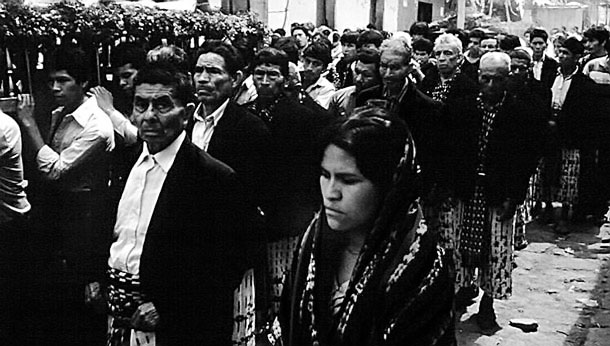This is, in part, a continuation of the pain expressed in the recent article On Gear Lust — Isn’t It a Perfect Digital Imaging World Already? Point is, quite some dedicated readers confessed they’re suffering GAS (Gear Acquisition Syndrome) by waisting countless hours in front of the computer screen reading through photography sites instead of going out and making good use of perfectly capable, great gear.
What’s more painful for a gear addict than the announcement of new gear. That’s right, modern-day photography is a lot about marketing. You’re ready to waste hard earned money on a fractionally better f-stop or only marginally better noise performance (that you’d never detect on a print) kind of beats the purpose of photography: to capture and eternalize what one sees in an artful, convincing way.
We’re not talking about accepting what you see as a given. That’s one aspect of photography and a rather unreliable one for that, depending on luck. Better be in control of light and movement and timing.

You can see with a pinhole camera. You can see with a cheap single-use camera. And you can be blind with a D800E, not to mention how tired you can be from lugging around all that gear, not to mention the gear that’s required for the gear such as special bags, flashes, cables, the bulky tripod… Wasn’t photography supposed to be fun?
Photography ought to be pleasant at least. The right choice of equipment facilitates this. The hardest part of photography however, the real challenge, is the seeing.
Seeing the light, the framing, a motif.
It’s perfectly easy and common to not see with a 3k camera in hand — because many a photographer is preoccupied with trying to master the technology and at the same time overly confident in the technology’s capabilities. No need to think anymore. Now that’s the death of photography. And that’s why the most expensive equipment can produce the most boring output.
Seeing.
The art of seeing can help you save a good lot of money.
The challenge of seeing is the basis to “actualize” what you capture. Additionally, unfortunately even most good photographers spend a lot of time working on the files to extract the magic. One needs to develop one’s ability to “develop a file.”
I’m often too lazy to put much effort in this. Truth is, an raw image (not RAW) is only half of the possible story being told.
Equipment, again, is not the issue. It’s all about seeing. Not just seeing the light and frame and motif, but also the contrast. Light comes in many forms. Much beauty lies in the dark, the shadows. Sure thing that a Hasselblad, Tri-X and yellow filters simplify the job… See? Caught again in the trap of gear lust.
There’s no need to have the best and latest and greatest. Today’s processing softwares make many upgrades and filters redundant. You can easily make an old digital file look like one that you just shot the other day.
Have a look at great photography. It’s often shot with very simply lighting and the best glass, a.k.a. at maximum aperture.
To really see in photographic terms it also helps to “see like a camera.” Try this:
Get an eye patch and wear it for a whole day.
You’ll be amazed what a difference this makes to the way you actually see things as you are constantly refocussing to compensate for the lack of stereo vision.
Then do a portrait, lens wide open, with one light against a black or white backdrop. Develop it pretty hard and tone it very very warm.
See?
Or, for street photography, find yourself at a promising place in a city where many people pass by. Or another place you love. And wait. And wait. Take a few shots. And wait. Avoid the harsh midday’s light, observe the change in light and mood, the passers-by, what’s happening, maybe move… and you’ll soon find out that you’ll develop a feel for what’s a situation worth being there and what not.
Don’t waste your precious time for nothing. But you’ll end the day for sure with a real keeper.
Oh, and avoid zooms. Use your feet. Go up close, without being intrusive.
You might also want to read Light — Science and Magic: An Introduction to Photographic Lighting. It’s the basic lighting bible that teaches everyone a thing or two.
Last but not least, the most important thing to really see is to be yourself as much as you possibly can.
May turn out that you have absolutely no eye for photography, who knows, but at least you tried.
To see you really have to be yourself and therefore know yourself. For each photography book — and I’m not joking — read one psychology book.
Developing yourself is as least as important as developing your film/files.
Gear? Simple means to an end.
Now give yourself a break. Stop even reading this site. Out you go, shooting.


